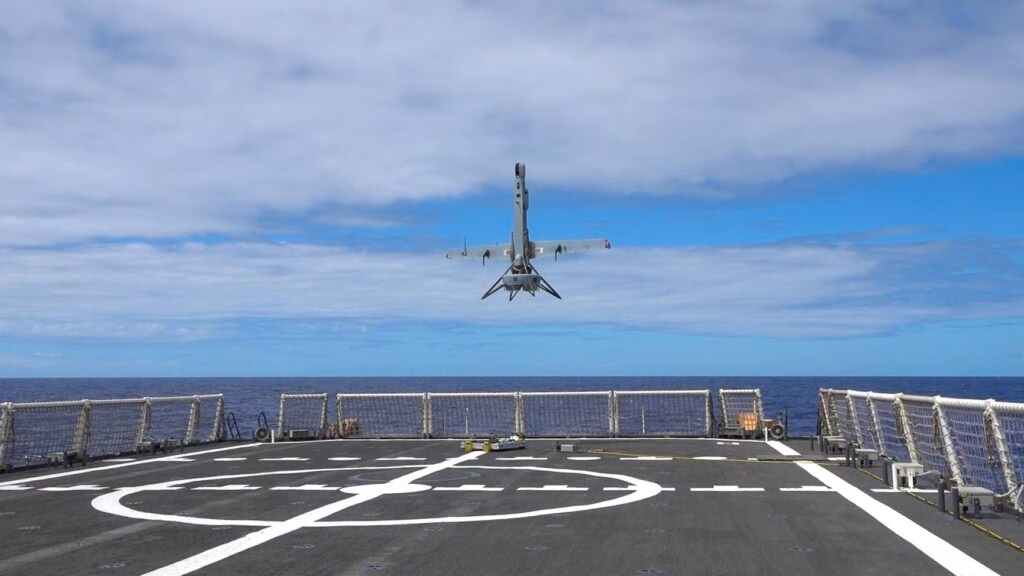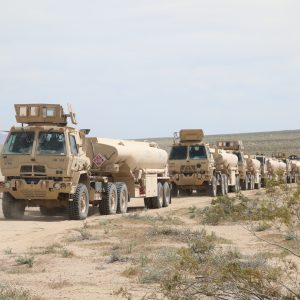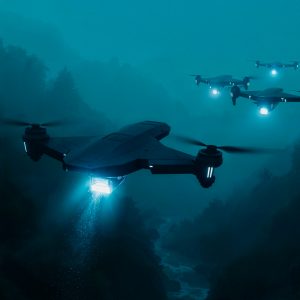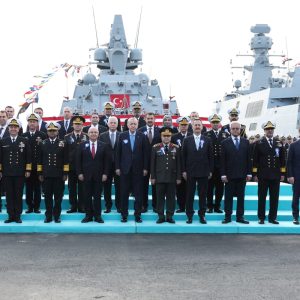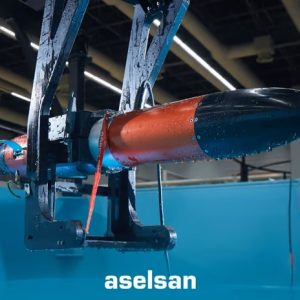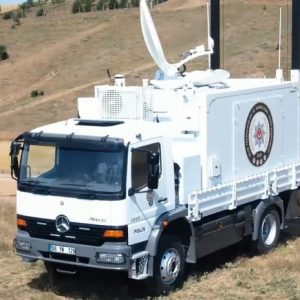Shield AI confirmed that its V-BAT 5.3 unmanned aircraft system (UAS) passed the U.S. Coast Guard’s Operational Test & Evaluation (OT&E) with a 100% score. Over four days aboard the Coast Guard Cutter Midgett, the platform met all Key Performance Parameters and Key System Attributes. This success opens the way for full-scale deployment under a $198 million contract awarded in June 2024 for Intelligence, Surveillance, and Reconnaissance (ISR) services.
A Major Milestone in Maritime ISR Capabilities
Shield AI reports that V-BAT 5.3 showed high reliability and operational efficiency throughout testing. The ducted-fan, vertical take-off and landing (VTOL) UAS launches and recovers autonomously, minimizing crew requirements. This makes it a key asset in the Coast Guard’s Force Design 2028 modernization strategy.
Brandon Tseng, Shield AI’s President and Co-founder, highlighted the significance of the test results:
“V-BAT’s role in the Coast Guard’s transformation shows how rapidly unmanned systems are reshaping maritime operations. Passing OT&E on time and on target is a milestone. Our next step is to expand V-BAT’s operational reach and deliver daily mission outcomes at scale.”
Technical Edge and Operational Flexibility
The V-BAT 5.3 is part of Shield AI’s next-generation autonomy solutions used by U.S. and allied forces. Operating across Group 1 to Group 5 categories, it supports tactical and strategic missions. Its single-engine ducted-fan design allows deployment from confined maritime spaces, boosting situational awareness and mission success in complex theaters.
Following the evaluation, Shield AI and the Coast Guard plan to scale V-BAT use across multiple cutter classes. This expansion will improve maritime security, border surveillance, and search-and-rescue operations. The success highlights the growing role of unmanned systems in naval doctrine and the shift toward persistent, autonomous ISR capabilities.
Industry and Strategic Implications
Navies worldwide are investing in unmanned technologies to complement manned assets. The Coast Guard’s adoption of V-BAT 5.3 reflects a broader trend in U.S. homeland security toward AI-enabled ISR solutions for evolving maritime challenges.
Analysts expect this deployment to accelerate innovation in VTOL UAS systems. Shield AI’s autonomy software could act as a force multiplier for distributed naval operations, reducing risks to personnel and enhancing domain awareness.
For more on unmanned systems in maritime defense, read NATO’s report on emerging drone technologies.

